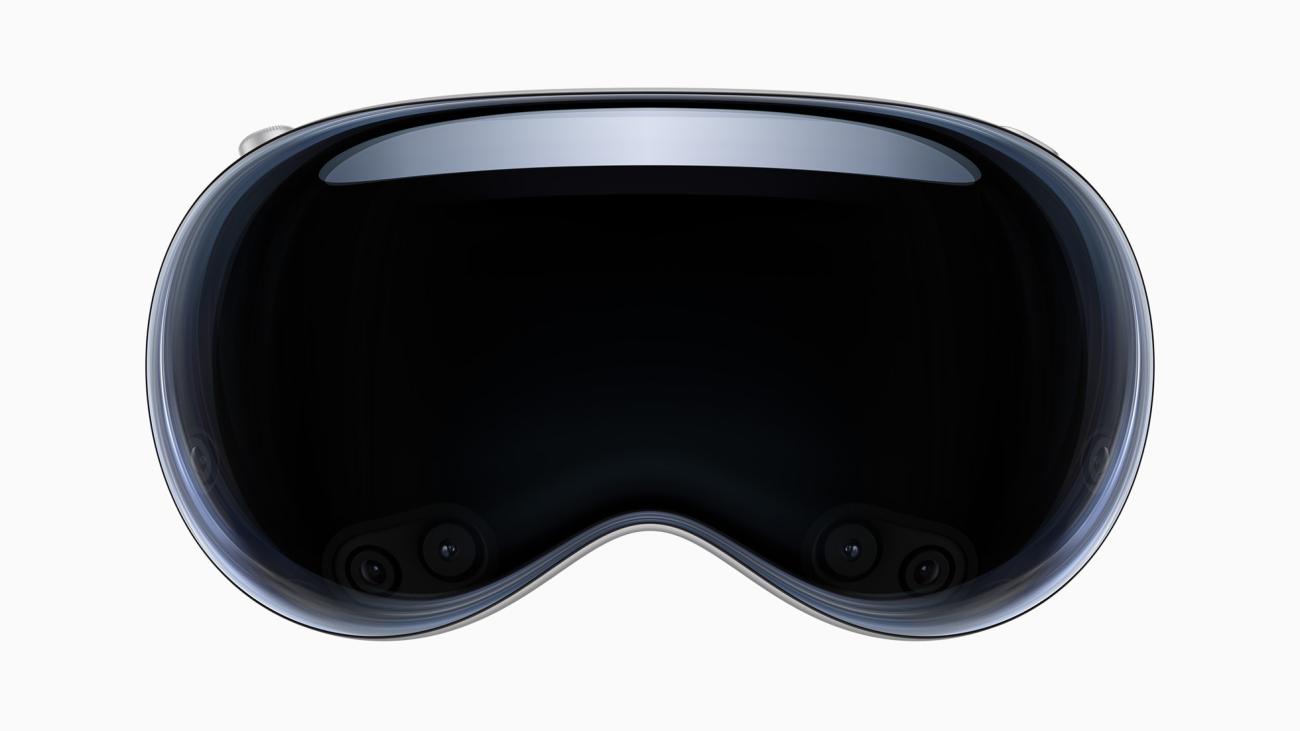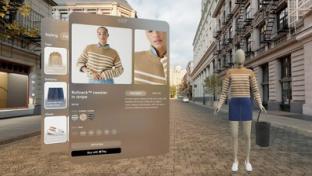Three ways Apple Vision Pro may impact retail
The new augmented reality/virtual reality (AR/VR) headset from Apple shouldn’t have much effect on retail in the short term, but the future could be interesting.
On Monday, June 5, Apple introduced what it calls the world’s first “spatial computer,” Apple Vision Pro. Users wear a headset that connects them to the new Apple visionOS operating system, which is designed to provide a 3-D interface that enables apps to appear side by side in the space of front of a user, at any scale.
The virtual display also allows users to interact with digital visual and audio content displayed in a “real life” manner directly in their view. This includes immersive virtual environments and FaceTime conversations.
And to enable user navigation and interaction with spatial content, Apple Vision Pro’s input system is controlled by a person’s eyes, hands, and voice. Users can browse through apps by looking at them, tapping their fingers to select, flicking their wrist to scroll, or using voice to dictate.
There are currently no retail environments specifically based on the visionOS platform, and at an initial cost of $3,500 per unit, the Apple Vision Pro headset is not likely to take the consumer market by storm.
But as the price comes down, inevitably retailers will begin investigating this technology’s potential for omnichannel commerce. Here are three possible ways retail may be affected by Apple Vision Pro.
In-game shopping and promotions
Apple is promoting the capabilities of visionOS as a gaming platform. And in the past couple of years, retailers have increasingly been integrating their omnichannel commerce and promotional activities with popular gaming environments, such as Roblox.
[Read more: American Eagle launches holiday promotions on BeReal, TikTok, Roblox]
However, the immersive, intuitive environment provided by visionOS could bring a whole new dimension to retailers’ in-game efforts. Customers could interact with digital storefronts that offer virtual “products” they can interact with using their hands and eyes as if they were real, and 3-D avatar “salespeople” could answer questions.
The vision OS environment would also lend itself nicely to gamified promotions. Customers will be able to participate in highly realistic and tactile challenges, such as scavenger hunts or athletic competitions, for rewards such as points that can be redeemed for real-life prizes.
And for retailers that have developed their own proprietary gamification promotions, such as Chipotle, the vision OS platform holds the promise of building far more sophisticated and engaging game-based campaigns.
Visual apps
Apple is also drawing attention to the fact that Apple Vision Pro users can engage with apps by simply looking at them. This raises the possibility of offering shopping apps that are much more immersive and integrated than apps currently available for smartphones and tablets.
The ease of navigation means that once a shopping app is opened via Apple Vision Pro, consumers could scroll through product listings, deals, images, videos, etc. much more quickly and easily than they can now.
Retailers could create a mobile app experience closer to that of a brick-and-mortar store, where customers visually search aisles and signage. In addition, the issues that limited visual space cause for mobile and even online shopping would largely disappear as the digital interface is as big as the user’s frame of vision.
Metaverse meets a challenger
Apple is not referring to Apple Vision Pro as a “metaverse” device, or to vision OS as a metaverse platform. While the overall experience is similar to the immersive environment offered by metaverse interfaces, the natural controls and full-fledged engagement offered by vision OS makes it a potentially significant alternative as an omnichannel commerce solution.
It is highly unlikely vision OS would replace the various major metaverse platforms, especially where it is exclusively available through the Apple Vision Pro device. But it could certainly emerge as a complementary, if not competitive, omnichannel commerce option.







